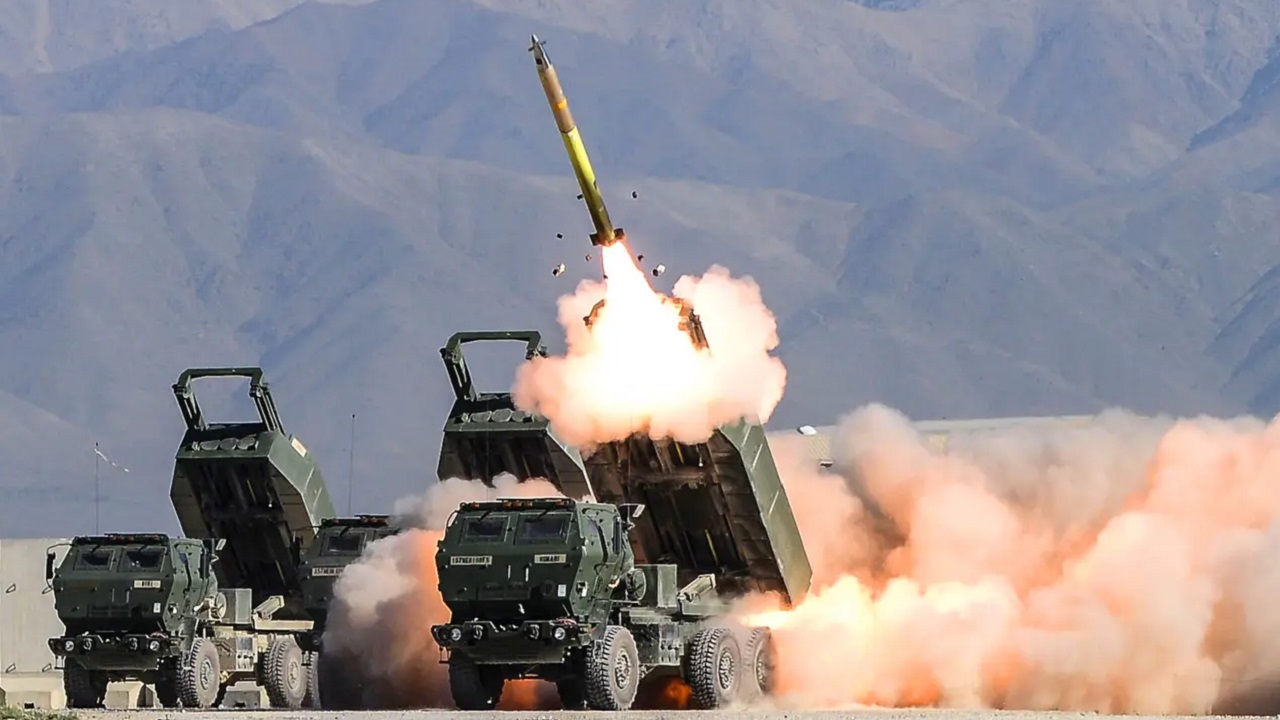HIMARs are having their moment. By nearly all accounts, the High Mobility Artillery Rocket Systems transferred by the United States to Ukraine over the past two months have badly damaged Russian command and logistics, possibly enabling Ukraine to take the offensive. However, as with previous technological saviors, we should take great care to understand the impact of HIMARS in the context of terrain, strategy, and the course of the war thus far.
Long story short, the impact of technology on the battlefield is complex and hard to measure. The impact of every weapon system is necessarily limited by the learning process that its deployment provokes on the other side.
The Artillery War in Ukraine
Over the last two months, the Russians have effectively synergized their human, organizational, and technological capabilities. Relying on an arm in which they enjoy superiority (artillery), which they can supply through long, well-established logistical principles, and which does not require heroic levels of initiative on the part of soldiers. We’ve learned the lesson again that having the most and the heaviest guns apologies for many sins. Just as Western Allied forces used heavy artillery and airpower to blast through German defensive positions in 1944, the Russians have used their advantages in artillery to press the Ukrainians back slowly.
However, we probably do need better tools to think about how certain technologies can have a moment amid a conflict. We tend in the mainstream news and the popular literature to credit victory to decisive technological innovations. At the moment, the HIMARS units dispatched to Ukraine are the heroes of the conflict, replacing for now the Turkish drones that seemed so devastating in the first weeks of the battle. However, when the Ukrainians used drones to effectively reconnoiter and destroy Russian mechanized columns in the first weeks of the war, the Russians didn’t just give up. Rather, they developed a series of counter-measures including electronic warfare techniques that disrupted Ukrainian command and control, making the drones less survivable and reducing the damage that they have inflicted.
But of course, there are some occasions when new technologies are simply decisive within a specific situational context. The ability of HIMARS to inflict damage on a Soviet-style logistics system isn’t accidental (the system was designed to tear the guts out of a Red Army offensive on NATO’s central front) and to say that the Russians will eventually figure out a way to manage the problem is not to say that the response will come quickly or at reasonable cost. Part of the response likely will involve more effective tracking and destroying the launchers. Indeed, Russia could try baiting the Ukrainians into using excessive ammunition on less than critical targets. Whether this will be enough to reignite the Russian offensive is another question entirely.
For the rest of the war, Ukrainian forces will have the task of integrating new technologies into their arsenal. The long-gestating offensive to retake Kherson will undoubtedly use lots of Western equipment, most of which has been integrated into an embattled army over the last few months. Given the terrain it’s not unreasonable to expect that HIMARS could have an outsize impact on the Kherson offensive, because of the need for bridges to supply Russian forces on the west side of the river.
Beyond HIMARS: What Comes Next in Ukraine?
But in order to undertake the kind of large scale offensive that could retake much of the territory that Russia has stolen, the Ukrainians have much work to do. Other technologies may be more challenging to integrate into offensive operations, which are themselves more complicated than the defensive battles that the Ukrainians have fought for the bulk of the war thus far. However, with this complication comes opportunity; there will be plenty of chances to surprise Russian forces in the future with new weapons imported from the West.
Now a 19FortyFive Contributing Editor, Dr. Robert Farley has taught security and diplomacy courses at the Patterson School since 2005. He received his BS from the University of Oregon in 1997, and his Ph. D. from the University of Washington in 2004. Dr. Farley is the author of Grounded: The Case for Abolishing the United States Air Force (University Press of Kentucky, 2014), the Battleship Book (Wildside, 2016), and Patents for Power: Intellectual Property Law and the Diffusion of Military Technology (University of Chicago, 2020). He has contributed extensively to a number of journals and magazines, including the National Interest, the Diplomat: APAC, World Politics Review, and the American Prospect. Dr. Farley is also a founder and senior editor of Lawyers, Guns and Money.

